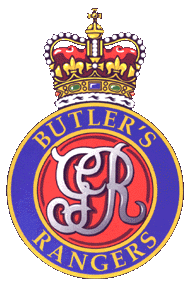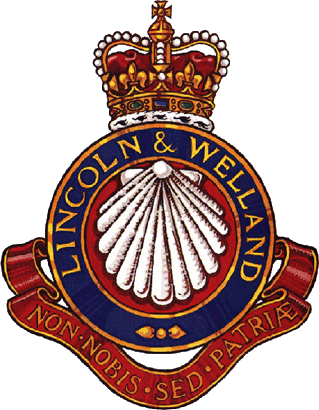BUTLERSBURG
WOODWORKING

ABOUT US
Who We Are
BUTLERSBURG WOODWORKING is a homegrown, handcrafted cutting board, kitchen accessory, & custom furniture business located in historic Niagara-on-the-Lake. Wanting to combine their talents, Kevin McClelland & Adam Straker teamed up in 2016 to create these one of a kind pieces of functional art.
CUTTING BOARDS~ Kevin, a native of Niagara-on-the-Lake & owner of BUTLERSBURG WOODWORKING designs & names each cutting board. Inspired by the historical figures & landmarks he has been surrounded by, the boards have been given names like ‘CORUS,’ ‘BUTLER,’ ‘the ROYAL GEORGE,’ and ‘the QUEENSTON TRIANGLE.’ Kevin fabricates the boards in his woodshop. What started as a way of using up scrap wood from Kevin's shop after the custom furniture builds he has done, BUTLERSBURG WOODWORKING cutting boards have now grown into a full-scale operation.
A variety of domestic & exotic hardwoods are used to make their products including Canadian Black Walnut in the 'General Brock.' No scrap is left behind and new products are continually being added to the mix.
After each cutting board is sanded to a smooth finish, all of them are soaked with a food-grade mineral oil to condition the wood. This brings out the rich colors and unique wood grain in each one. To complete the process, a combination of mineral oil and beeswax made by local Niagara bees is added to seal the wood.
COUNTERTOPS~The same woods used for the cutting boards are also used in the various countertop & kitchen island projects BUTLERSBURG WOODWORKING has done. Custom designs are their specialty! Look no further to create that perfectly warm aesthetic in your dream kitchen.
FURNITURE~ "It's so exciting to work with a client from start to finish on a piece of furniture that will be in their home for many, many years! If you can dream it, we can build it," says Kevin


What's in a Name?

During the Seven Years War (1756-1763), the British engaged in military action
against the French at Fort Niagara. The provisions of the Treaty of Paris
following the war in 1763, gave the British the fort. Sir William Johnson also
negotiated a settlement with the Native population and the British Crown was
given a strip of land on both sides of the Niagara River.
During the American Revolution a large number of those who remained loyal to the
British Crown fled their homes and sought refuge in Fort Niagara. This necessity of providing food for the refugees resulted in a proposal by Colonel John Butler to settle and cultivate the West bank of the river. Commonly referred to as Butlersburg after the
Colonel, the area would become officially known as Newark in 1781 (later changed to Niagara-on-the-Lake).
Butlers Rangers (1777-1784) was a Loyalist, British provincial military unit of the American Revolutionary War, raised by Loyalist Colonel John Butler. Most members of the regiment were Loyalists from upstate New York. Among the Rangers was also a body of African American former slaves. The Rangers played an important role throughout the American Revolution, carrying out a number of raids against the American Rebels from Fort Niagara and Fort Detroit.
Butler's Rangers were disbanded in June 1784, and its veterans were given land grants in the Nassau District, now the Niagara Region, as a reward for their services to the British Crown. In 1788 the Nassau Militia was formed with John Butler as its Commander, filling its ranks with the demobilized officers and men of Butler's Rangers. In 1792 the Nassau District was changed to the County of Lincoln and the name changed to the Lincoln Militia by 1793. It was the Lincoln Militia who fought the War of 1812 (1812-1815). This regiment still exists today, following a splitting of Lincoln County into the counties of Lincoln and Welland in 1845, as The Lincoln and Welland Regiment, a primary reserve regiment of the Canadian Armed Forces, based out of St. Catharines, Ontario.

